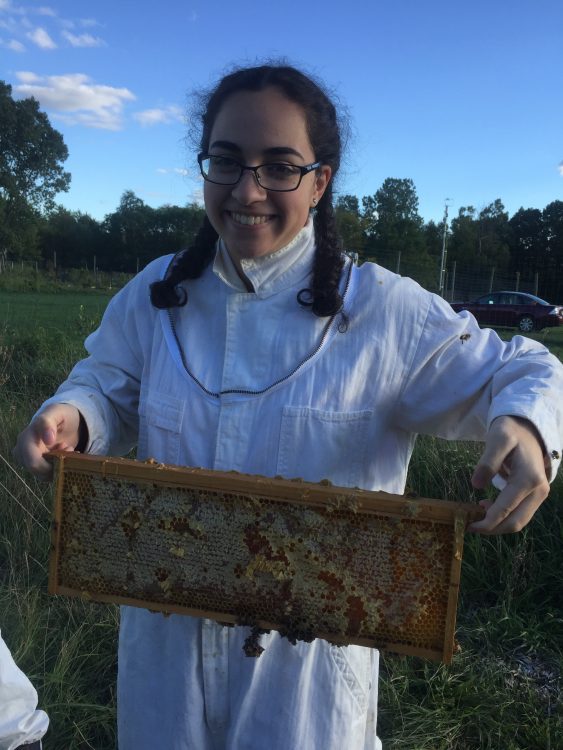I’ve been reading Sylvia Plath’s posthumously published collection of poems, “Ariel,” which contains some of the last poems she ever wrote. They are also often described as some of her best poems, written in an almost manic-like state over the course of just a few months. Plath is an interesting figure in the mental illness world because she is known for writing about depression, and she is known for dying by suicide. She’s known as a tempting figure to see her pain as fuel for her creativity.
I am a firm believer that mental illness, though sometimes processed through art, is not a source of creativity, let alone skill. Plath was a talented writer because she was a talented writer who worked at her craft, not because she had depression. Vincent van Gogh was a talented painter because he was a talented painter who worked at his craft, not because he dealt with mental illness. This trope that creativity comes from, or is even enhanced by mental illness, perhaps is an attempt to find something positive out of pain, but I find it incredibly harmful. It paints mental illness as beautiful and beneficial, rather than the serious, destructive overwhelming part of life it can be.
By far my favorite poems in “Ariel” are not about Plath’s emotional turmoil or conflict with her husband, though those are moving in their own ways. My favorite poems are the series called “The Bee Poems.”
All five of the poems can be read in full here:
The Bee Meeting
The Arrival of the Bee Box
Stings
The Swarm
Wintering
Plath originally intended for these five poems to end the collection, but her husband moved them to the middle when he rearranged her manuscript after her death. This created a more chronological narrative in the poems, ending with her poems about death. It’s interesting though that Plath wanted to end with these poems because I find them incredibly hopeful. And even when read through a lens without Plath’s mental illness, I find them to be some of her best work. They are playful and visual and engaging. I’ve always had a fondness for bees, and these poems create a beautiful story of beekeeping, likely inspired by the fact that Plath’s father was an entomologist. These poems also make powerful use of metaphors between the mighty queen bee and women.

I don’t deny that Plath’s writing was influenced by her experiences with mental illness. As a blogger who writes primarily about mental health, I know very well that writing can be an exceptional way to process both poor and well mental health, either to express pain or seek clarity.
I ask instead: What more could Plath have written if she lived? How many more charming pieces like “The Bee Poems” could have been written?
May we use Plath as an example of caution when conflating mental illness with creativity. No one wants to experience the pain of depression, and this trope can add a layer of fear to treatment. “What if I lose a part of me? What if I lose my creative energy.” I promise, your creativity will only flourish with recovery.
“They thought death was worth it, but I
Have a self to recover, a queen.
Is she dead, is she sleeping?
Where has she been,
With her lion-red body, her wings of glass?Now she is flying
More terrible than she ever was, red
Scar in the sky, red comet
Over the engine that killed her—
The mausoleum, the wax house.
— Sylvia Plath, Stings, “Ariel”

